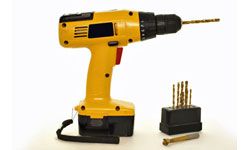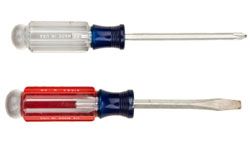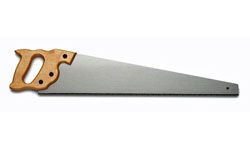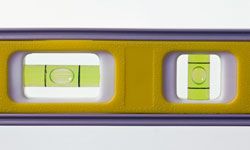There's an old saying that goes "there's a tool for every job." If you take a quick look around your local hardware megastore, that's easy to believe. You'll find aisle after aisle filled with specialty tools designed for very specific jobs. However, the opportunity to actually use them might come up only once in a blue moon. Some specialty tools are expensive and take up a lot of space. They're great for when you need them, but they're not designed to be versatile.
But what about the standard tools builders -- and just about everyone else -- need on a regular basis? These are the kind of tools that fit into an average toolbox. They may not be as fancy as a high-powered impact wrench, but they're the tools builders rely on regularly to get the job done.
Advertisement
Here at HowStuffWorks, we have an appreciation for these tool workhorses of the construction world. While they might not make Tim "the Tool Man" Taylor salivate with glee, basic tools are worthy of attention. With that in mind, we're pleased to present you with the five tools that should be in every builder's toolbox.






